Home>Storage & Organization>Kitchen Organizing Tools>Why Does My Cat Put Her Kittens In The Litter Box
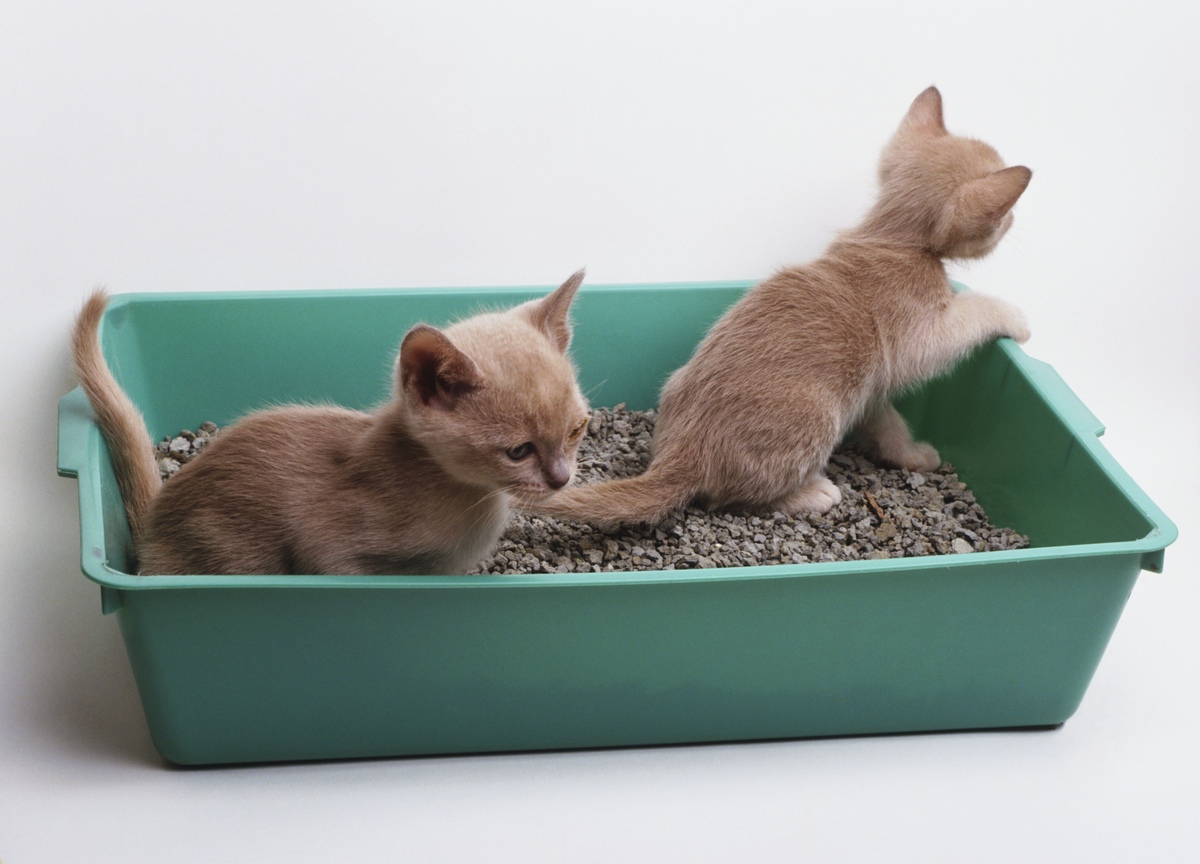

Kitchen Organizing Tools
Why Does My Cat Put Her Kittens In The Litter Box
Modified: February 25, 2024
Discover the reasons behind your cat's behavior and find the best kitchen organizing tools to keep your space tidy and efficient. Explore solutions for a clutter-free kitchen!
(Many of the links in this article redirect to a specific reviewed product. Your purchase of these products through affiliate links helps to generate commission for Storables.com, at no extra cost. Learn more)
Introduction
Have you ever wondered why your cat exhibits certain perplexing behaviors, such as placing her kittens in the litter box? This intriguing conduct often leaves pet owners puzzled, seeking to understand the underlying reasons behind it. In this article, we will delve into the fascinating world of feline behavior to unravel the mystery of why your cat may choose to place her kittens in the litter box.
Understanding the motivations behind this behavior can provide valuable insights into your cat's instincts and needs. By gaining a deeper comprehension of your feline companion's actions, you can foster a stronger bond and create a nurturing environment for both the mother cat and her kittens. Let's embark on this enlightening journey to uncover the reasons behind this curious behavior and gain a deeper appreciation for the intricate world of feline instincts.
Key Takeaways:
- Mother cats place their kittens in the litter box due to their instinctual drive to create a safe den-like environment for their offspring, ensuring their safety and well-being.
- By placing her kittens in the litter box, the mother cat imparts her scent, introduces them to proper elimination habits, and instills hygiene, fostering a strong bond and nurturing environment for her precious offspring.
Read more: Why Does My Cat Lay In Her Litter Box?
Instinctual Behavior
Cats are known for their strong maternal instincts, which drive them to protect and care for their offspring. When a mother cat places her kittens in the litter box, it stems from deeply ingrained instinctual behavior. In the wild, felines seek out safe and secure locations to create a den for their young. This den serves as a protective sanctuary where the kittens can be shielded from potential threats and environmental hazards.
By placing her kittens in the litter box, the mother cat may be attempting to mimic the act of creating a den in a confined space. In her instinctual drive to safeguard her offspring, she perceives the litter box as a secure and secluded area where her kittens can be sheltered from perceived dangers. This behavior is a manifestation of the cat's innate desire to provide a protective environment for her vulnerable young.
Furthermore, the act of placing her kittens in the litter box may also be linked to the mother cat's natural inclination to keep her den clean. In the wild, felines meticulously maintain their den to minimize the risk of attracting predators or exposing their young to harmful pathogens. By positioning her kittens in the litter box, the mother cat may be signaling her intent to instill hygiene habits in her offspring, as she would in a natural den environment.
Understanding the instinctual motivations behind this behavior sheds light on the profound depth of a mother cat's protective instincts. By recognizing and respecting these innate drives, pet owners can gain a deeper appreciation for the remarkable bond between a mother cat and her kittens. This insight also underscores the importance of providing a secure and nurturing environment that aligns with a cat's instinctual behaviors, ultimately contributing to the well-being of both the mother cat and her precious offspring.
Safety and Security
Cats, renowned for their protective nature, prioritize the safety and security of their offspring above all else. When a mother cat places her kittens in the litter box, it is a manifestation of her unwavering commitment to shielding her young from potential threats. In the wild, felines instinctively seek out secure and secluded locations to establish dens for their offspring. This behavior is deeply rooted in their evolutionary instincts, where the survival of their progeny hinges on the ability to create a protective sanctuary.
The litter box, with its enclosed and confined space, may be perceived by the mother cat as an ideal location to safeguard her kittens. From her perspective, the litter box offers a sense of seclusion and protection, akin to the secure dens found in the wild. By placing her kittens in this confined space, the mother cat is instinctively striving to shield them from perceived dangers, mirroring the natural behavior observed in wild felines.
Furthermore, the litter box, with its defined boundaries, provides a sense of containment that aligns with the mother cat's innate drive to create a secure environment for her young. In the wild, the den serves as a fortress against potential predators and environmental hazards, and the litter box may symbolize a similar refuge in the domestic setting. This behavior underscores the profound depth of a mother cat's commitment to ensuring the safety and well-being of her vulnerable offspring.
Moreover, the litter box, being a familiar and designated area within the home, offers a sense of familiarity and security for the mother cat. In her efforts to provide a protective environment for her kittens, she may instinctively gravitate towards this familiar space, perceiving it as a secure location where her young can be shielded from potential harm.
Understanding the significance of safety and security in a mother cat's behavior sheds light on the remarkable depth of her maternal instincts. By recognizing and respecting these innate drives, pet owners can cultivate an environment that aligns with a cat's instinctual behaviors, ultimately contributing to the well-being of both the mother cat and her precious offspring.
It’s possible that your cat is trying to keep her kittens safe by hiding them in the litter box. Provide a separate, safe and quiet space for her and the kittens to prevent this behavior.
Scent Marking
Scent marking is a fundamental aspect of feline behavior, deeply rooted in their innate instincts and communication methods. When a mother cat places her kittens in the litter box, scent marking plays a pivotal role in understanding this intriguing behavior. Cats possess scent glands located on various parts of their bodies, including their paws and face, which enable them to leave scent markers on objects and surfaces within their environment.
In the context of a litter box, the act of placing her kittens within this space can be attributed to the mother cat's instinctual drive to establish a familiar and comforting environment for her offspring. By positioning her kittens in the litter box, the mother cat imparts her scent onto this designated area, effectively marking it as a safe and secure location within the home. This scent marking serves as a form of communication, signaling to other household members, including other pets, that the litter box is a protected space associated with the nurturing and care of her young.
Furthermore, the mother cat's scent on the litter box creates a reassuring and familiar environment for her kittens. In the wild, felines rely on scent markers to delineate safe territories and establish a sense of belonging. By imparting her scent onto the litter box, the mother cat imbues this space with a comforting and familiar aroma, providing her kittens with a sense of security and belonging.
Additionally, scent marking in the litter box may serve as a means for the mother cat to assert her role as the primary caregiver and protector of her offspring. By leaving her scent within the confines of the litter box, she establishes a clear boundary and ownership of this space, reinforcing her commitment to nurturing and safeguarding her young.
Understanding the significance of scent marking in a mother cat's behavior sheds light on the intricate ways in which felines communicate and create nurturing environments for their offspring. By recognizing the role of scent in a cat's behavior, pet owners can gain a deeper appreciation for the remarkable bond between a mother cat and her kittens. This insight also underscores the importance of providing a secure and nurturing environment that aligns with a cat's instinctual behaviors, ultimately contributing to the well-being of both the mother cat and her precious offspring.
Litter Box Training
Litter box training is a crucial aspect of a cat's domestic life, and it plays a significant role in understanding the behavior of a mother cat placing her kittens in the litter box. From the moment kittens are born, they rely on their mother for guidance and learning essential feline behaviors. As part of this learning process, the mother cat instinctively introduces her kittens to the concept of using the litter box for elimination and as a safe space within their environment.
The act of placing her kittens in the litter box serves as a fundamental component of litter box training, where the mother cat imparts essential lessons to her offspring. By positioning her kittens in the litter box, the mother cat introduces them to a designated area for elimination, instilling the habit of using the litter box from an early age. This early exposure to the litter box helps kittens develop a familiarity with the space and understand its purpose, laying the foundation for proper litter box usage as they grow older.
Moreover, the litter box serves as a sanctuary within the home, offering a secure and familiar environment for the kittens. Through this behavior, the mother cat communicates the significance of the litter box as a designated area for elimination and a safe haven for her young. This early introduction to the litter box contributes to the kittens' understanding of appropriate elimination behaviors and fosters a sense of security associated with the litter box.
Additionally, the mother cat's guidance in litter box training extends beyond mere elimination habits. By placing her kittens in the litter box, she imparts valuable lessons on hygiene and cleanliness, reinforcing the importance of maintaining a clean and tidy environment. This early exposure to the litter box instills hygiene habits in the kittens, aligning with the mother cat's instinctual drive to ensure the well-being and cleanliness of her offspring.
Understanding the role of litter box training in a mother cat's behavior sheds light on the intricate ways in which felines impart essential behaviors to their young. By recognizing the significance of early exposure to the litter box, pet owners can appreciate the vital role it plays in shaping a cat's behavior and habits. This insight underscores the importance of providing a nurturing environment that aligns with a cat's instinctual behaviors, ultimately contributing to the well-being of both the mother cat and her precious offspring.
Conclusion
In conclusion, the perplexing behavior of a mother cat placing her kittens in the litter box can be attributed to a combination of instinctual behaviors, the drive to ensure safety and security, scent marking, and the essential aspect of litter box training. Understanding the intricate motivations behind this behavior provides valuable insights into the remarkable depth of a mother cat's maternal instincts and her commitment to nurturing and safeguarding her offspring.
The instinctual nature of feline behavior, deeply rooted in their evolutionary heritage, drives the mother cat to seek out secure and secluded locations to create a protective den for her kittens. This behavior mirrors the natural tendencies observed in wild felines, highlighting the profound depth of a mother cat's commitment to ensuring the safety and well-being of her vulnerable offspring.
Furthermore, scent marking plays a pivotal role in the mother cat's behavior, as she imparts her scent onto the litter box to create a familiar and comforting environment for her kittens. This form of communication serves to delineate safe territories and establish a sense of belonging, contributing to the kittens' sense of security and well-being.
Litter box training emerges as a fundamental aspect of the mother cat's behavior, as she introduces her kittens to the concept of using the litter box for elimination and as a safe space within their environment. This early exposure to the litter box lays the foundation for proper litter box usage and instills hygiene habits in the kittens, aligning with the mother cat's instinctual drive to ensure the cleanliness and well-being of her offspring.
By gaining a deeper understanding of the motivations behind a mother cat's behavior of placing her kittens in the litter box, pet owners can cultivate a nurturing environment that aligns with a cat's instinctual behaviors. This insight underscores the importance of providing a secure and comforting space for both the mother cat and her precious offspring, ultimately contributing to their well-being and fostering a stronger bond between feline companions and their human caregivers.
Frequently Asked Questions about Why Does My Cat Put Her Kittens In The Litter Box
Was this page helpful?
At Storables.com, we guarantee accurate and reliable information. Our content, validated by Expert Board Contributors, is crafted following stringent Editorial Policies. We're committed to providing you with well-researched, expert-backed insights for all your informational needs.
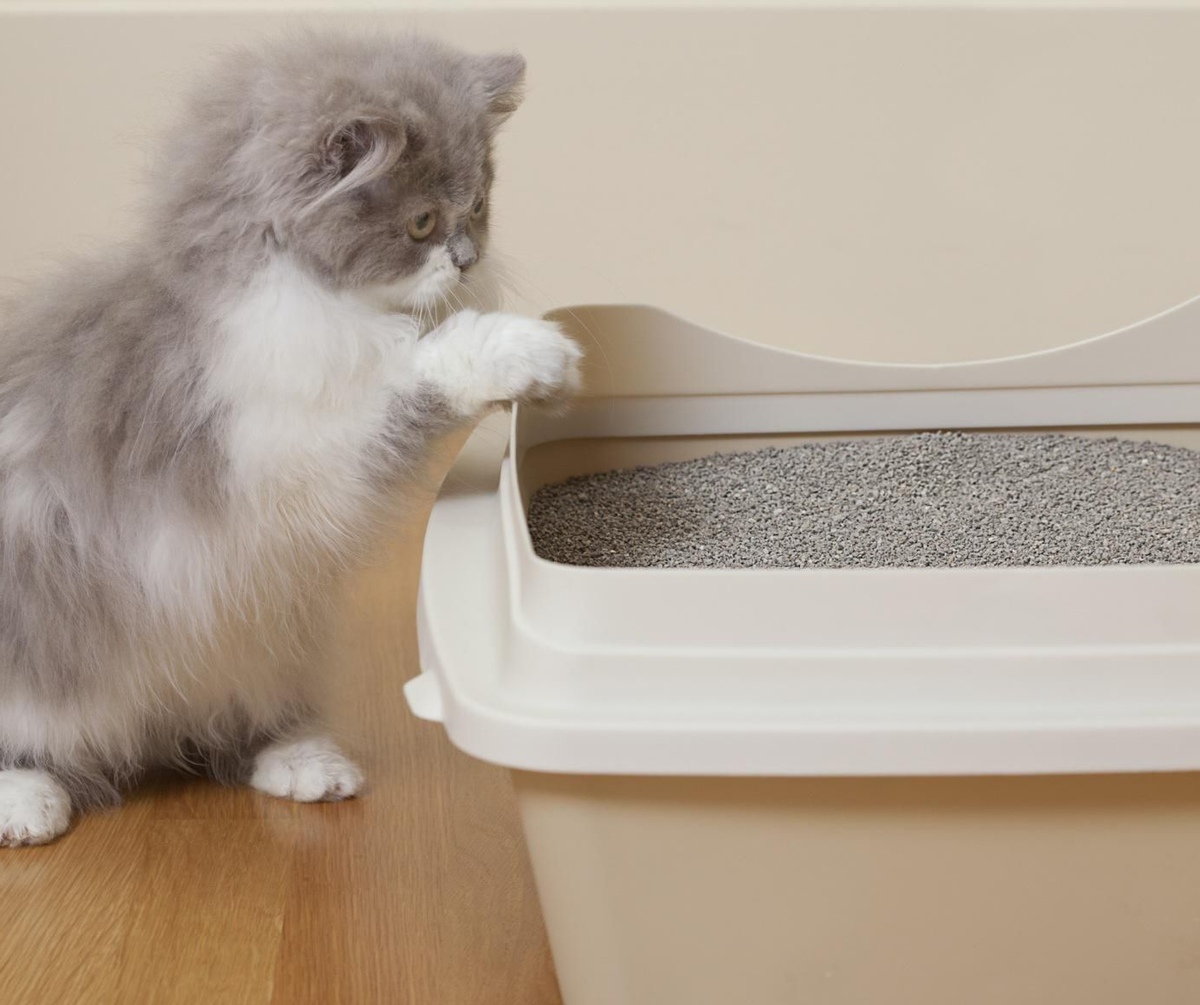
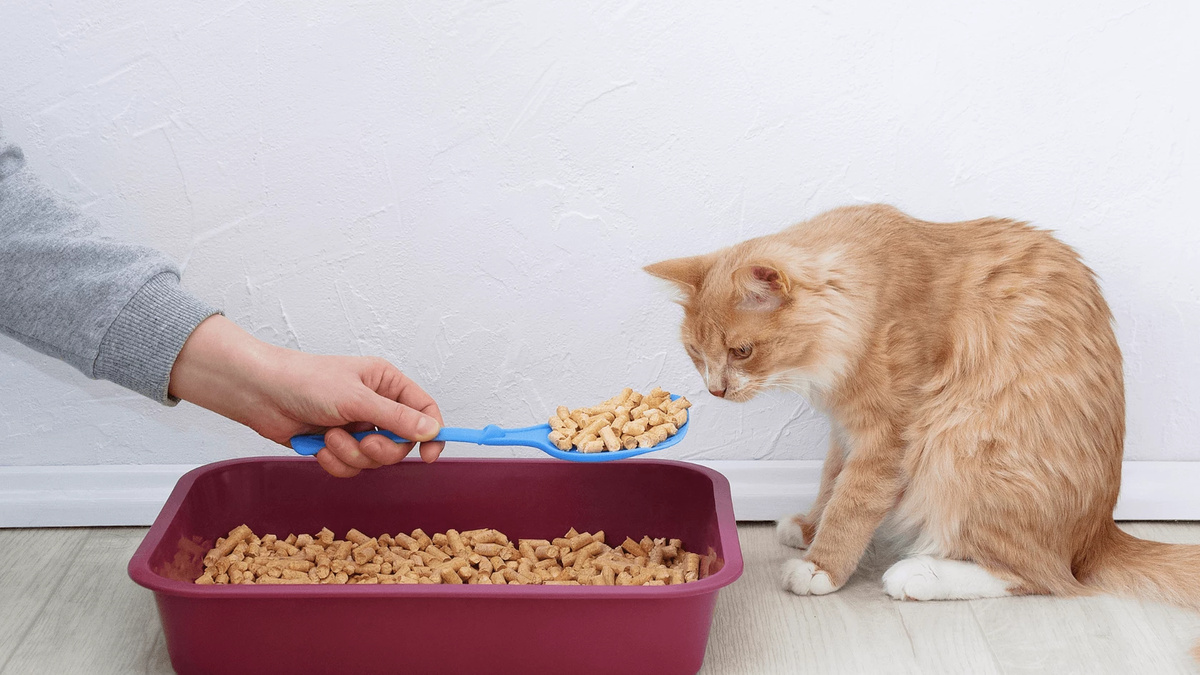
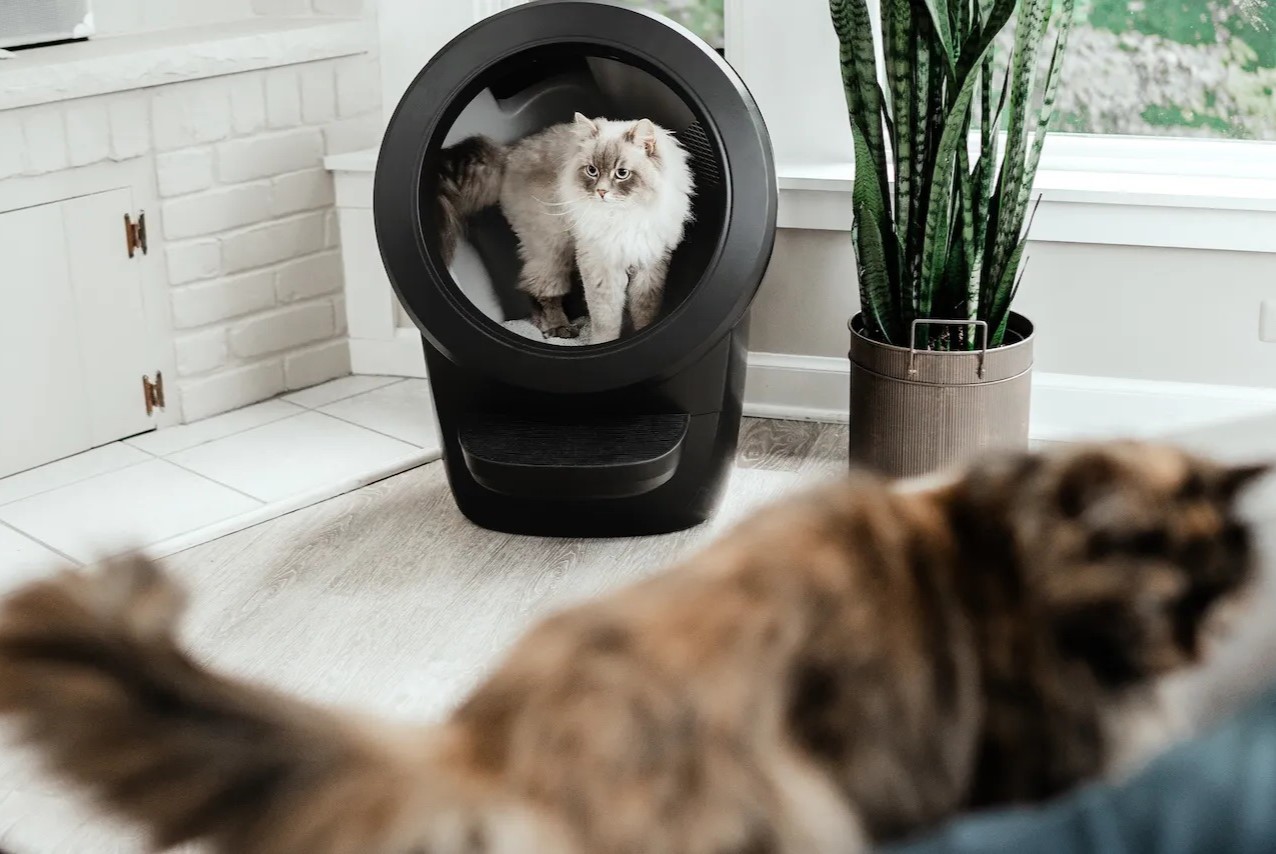
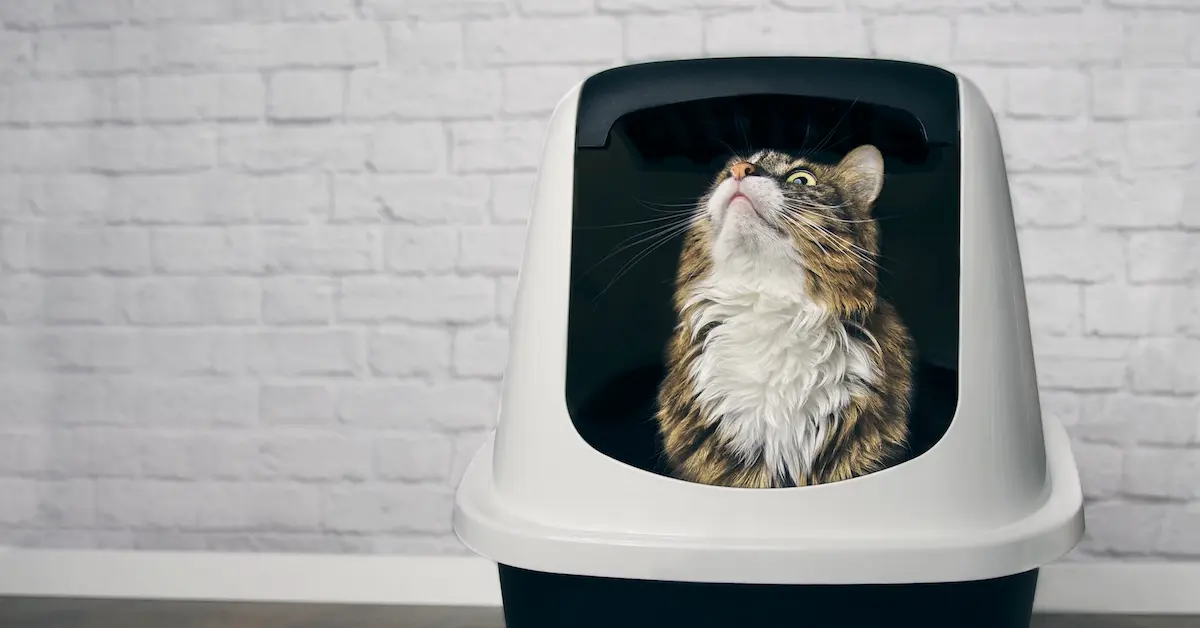
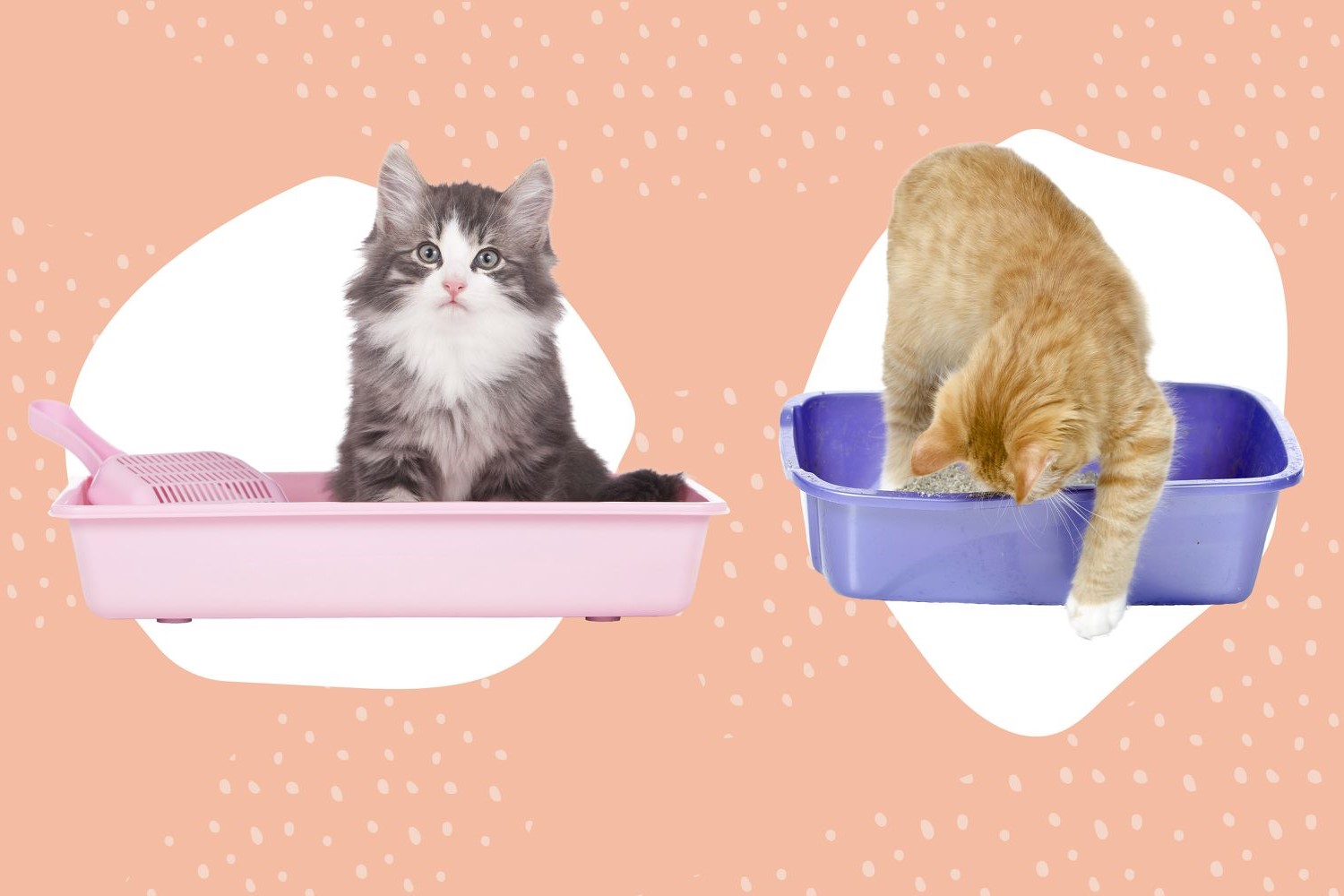
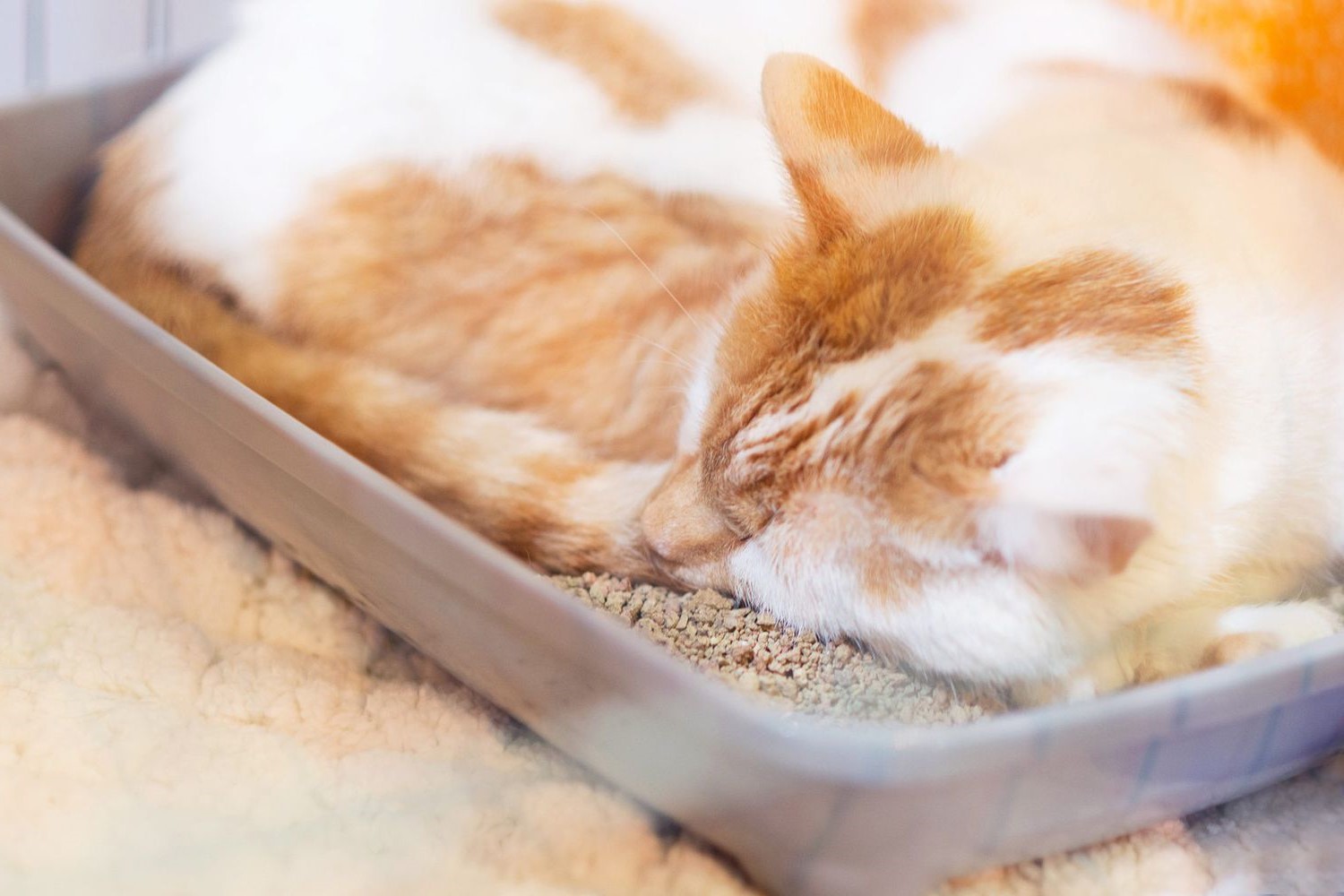
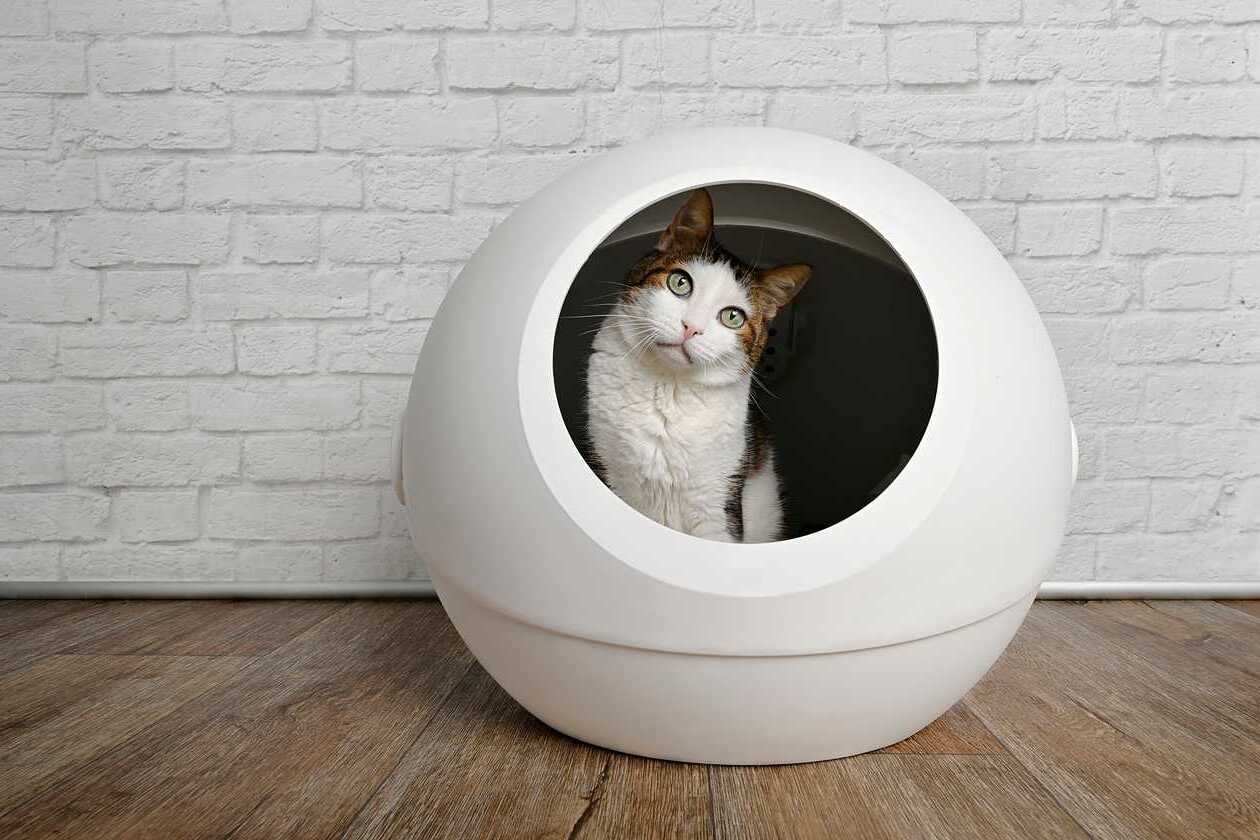
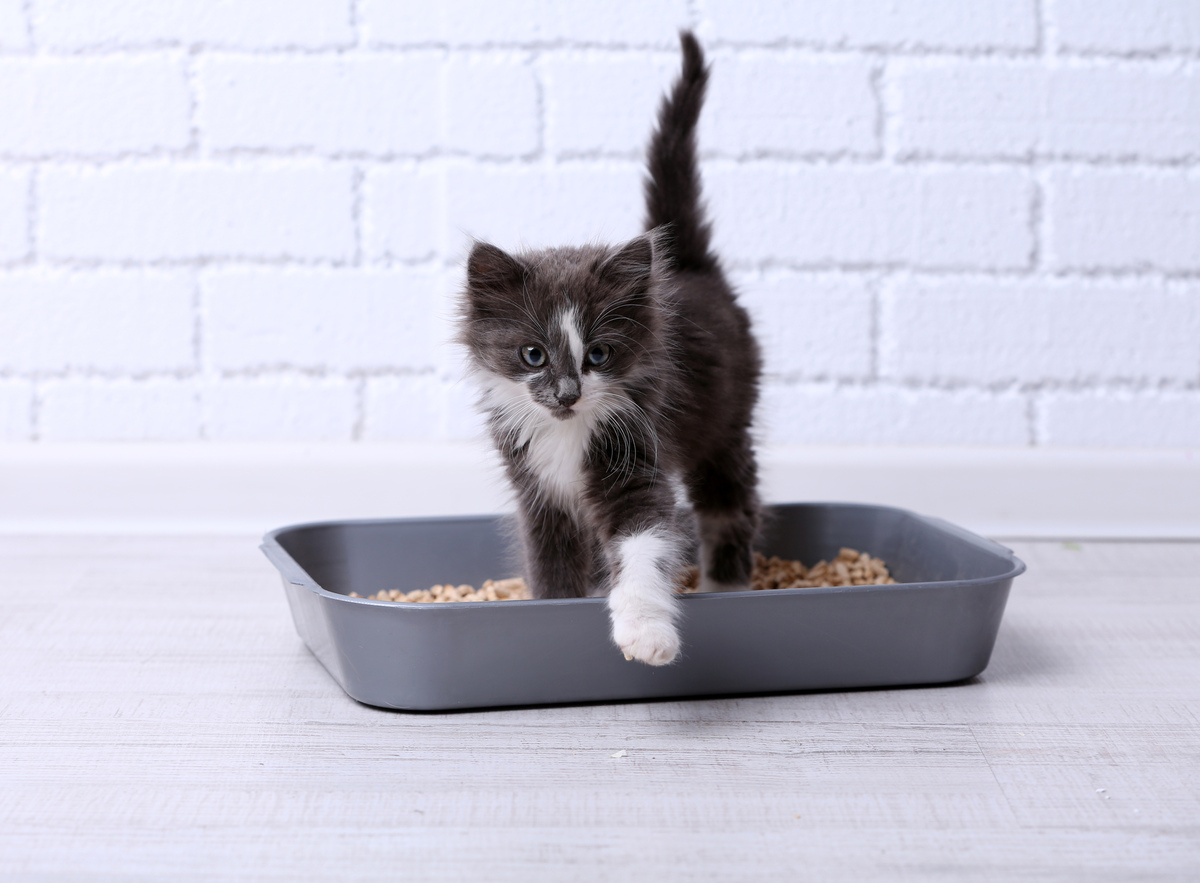
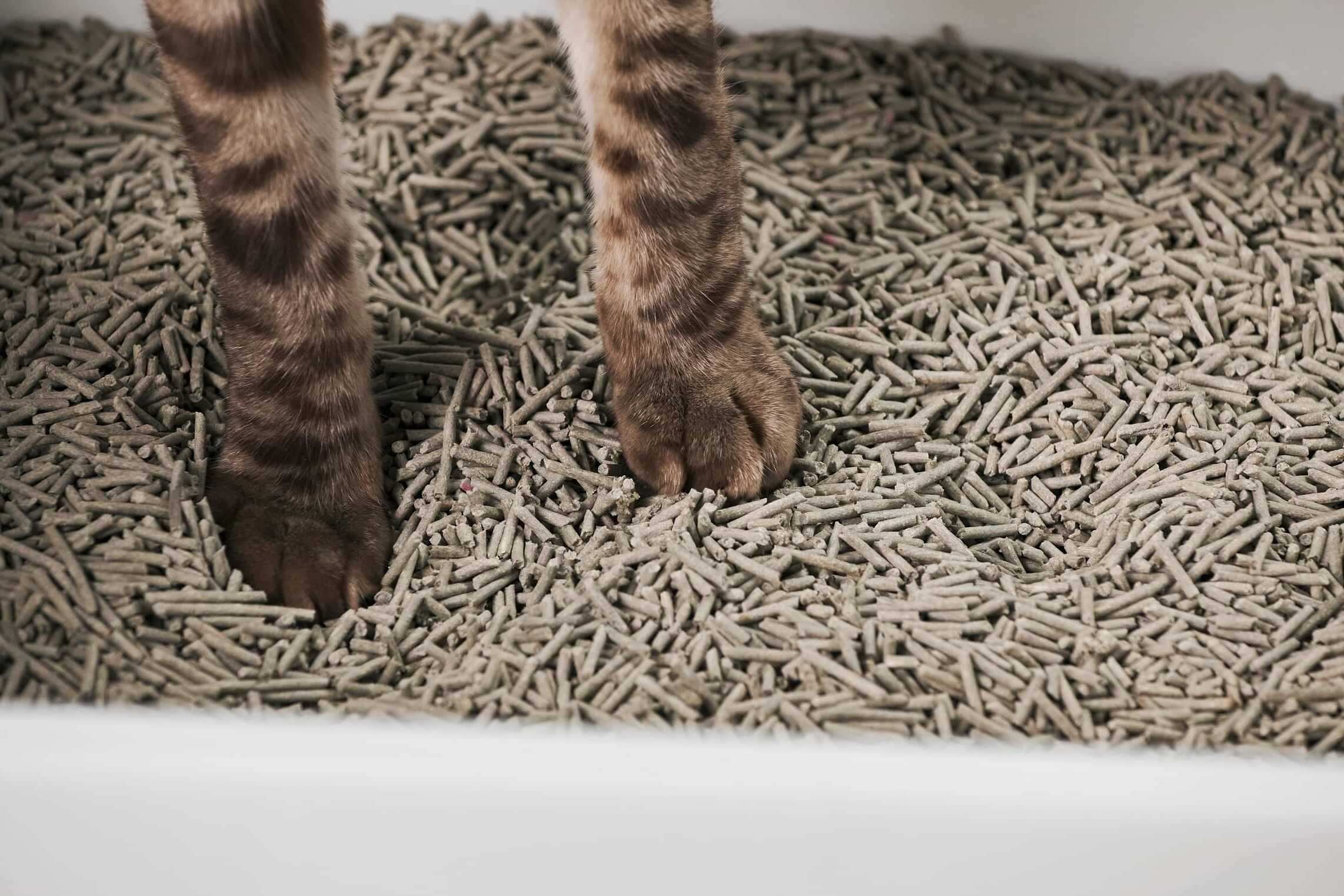
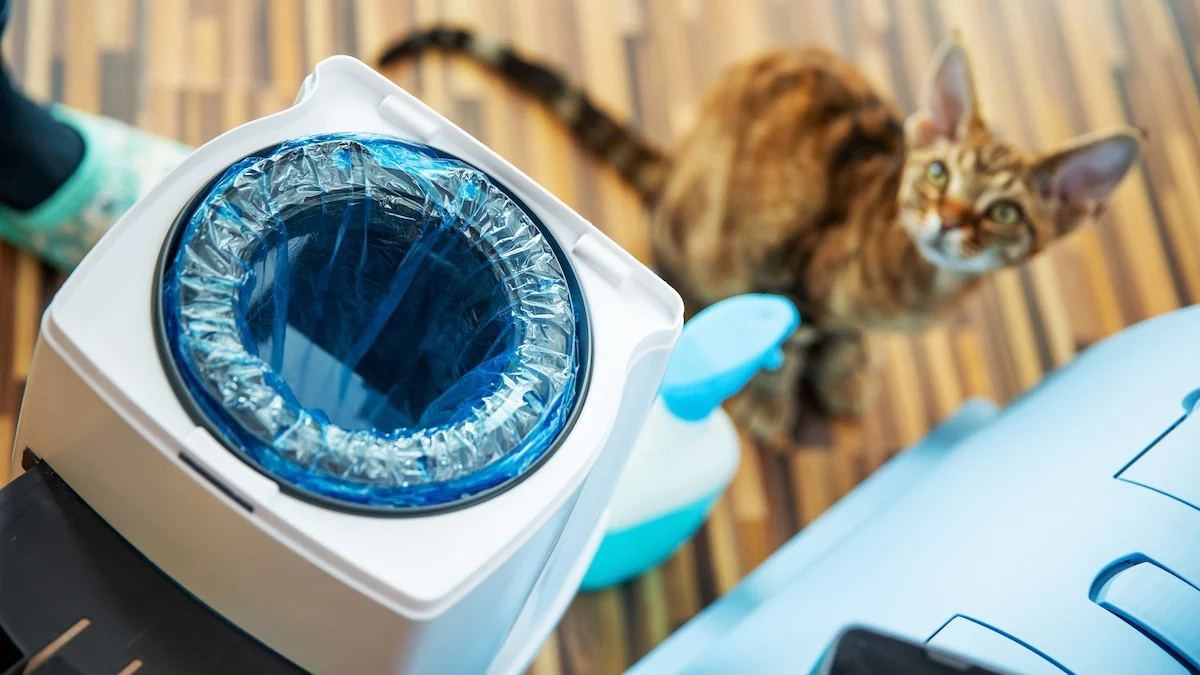
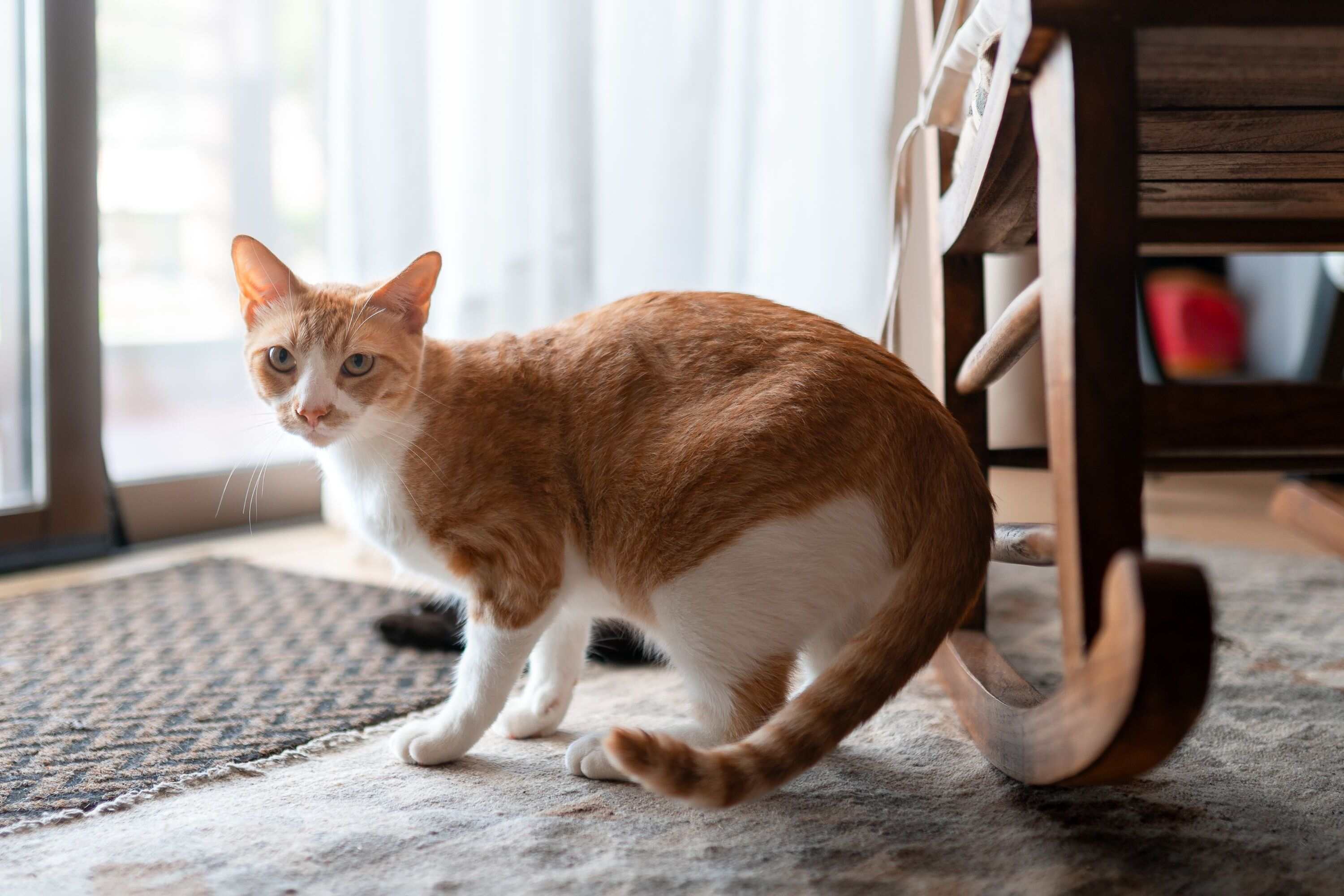
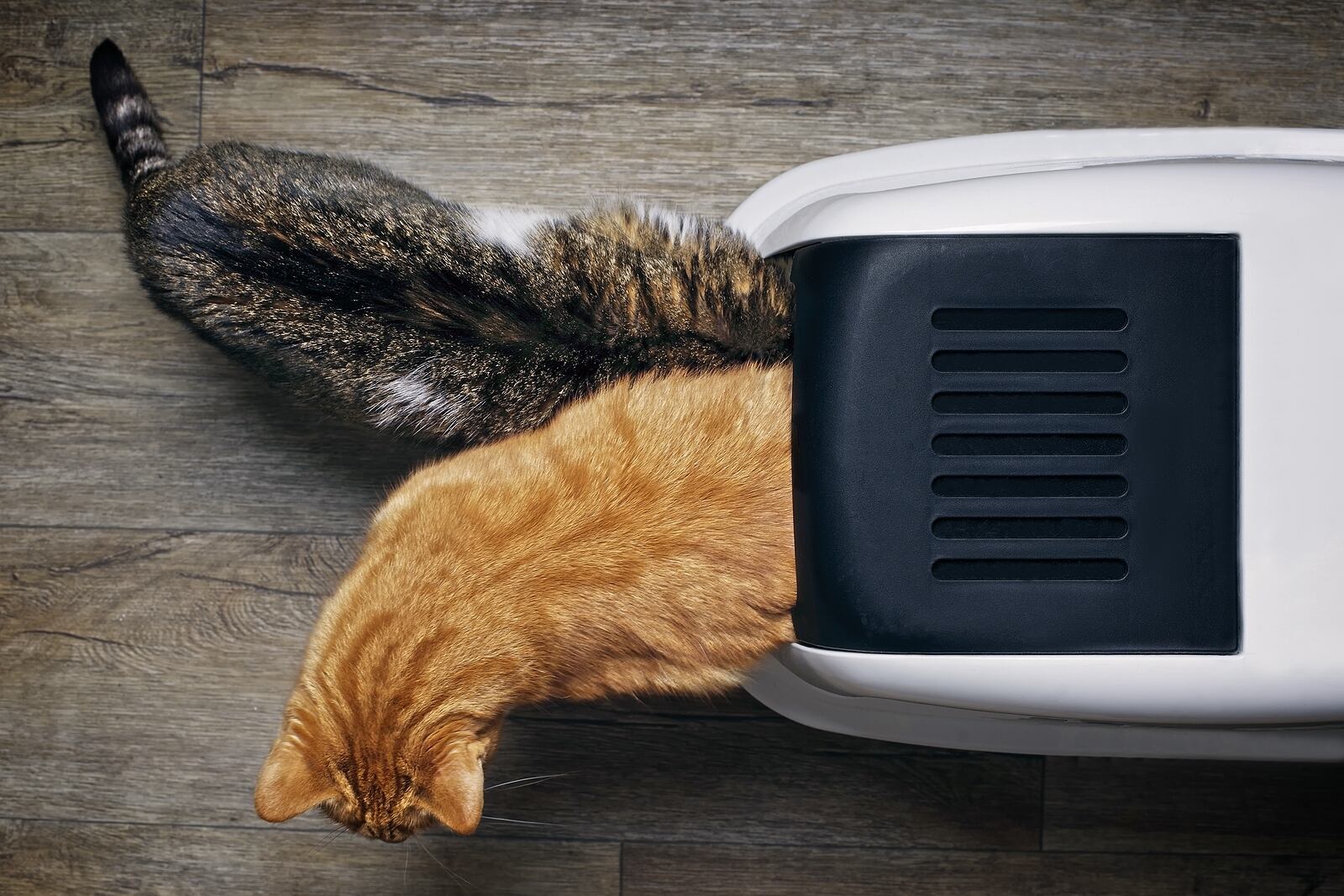
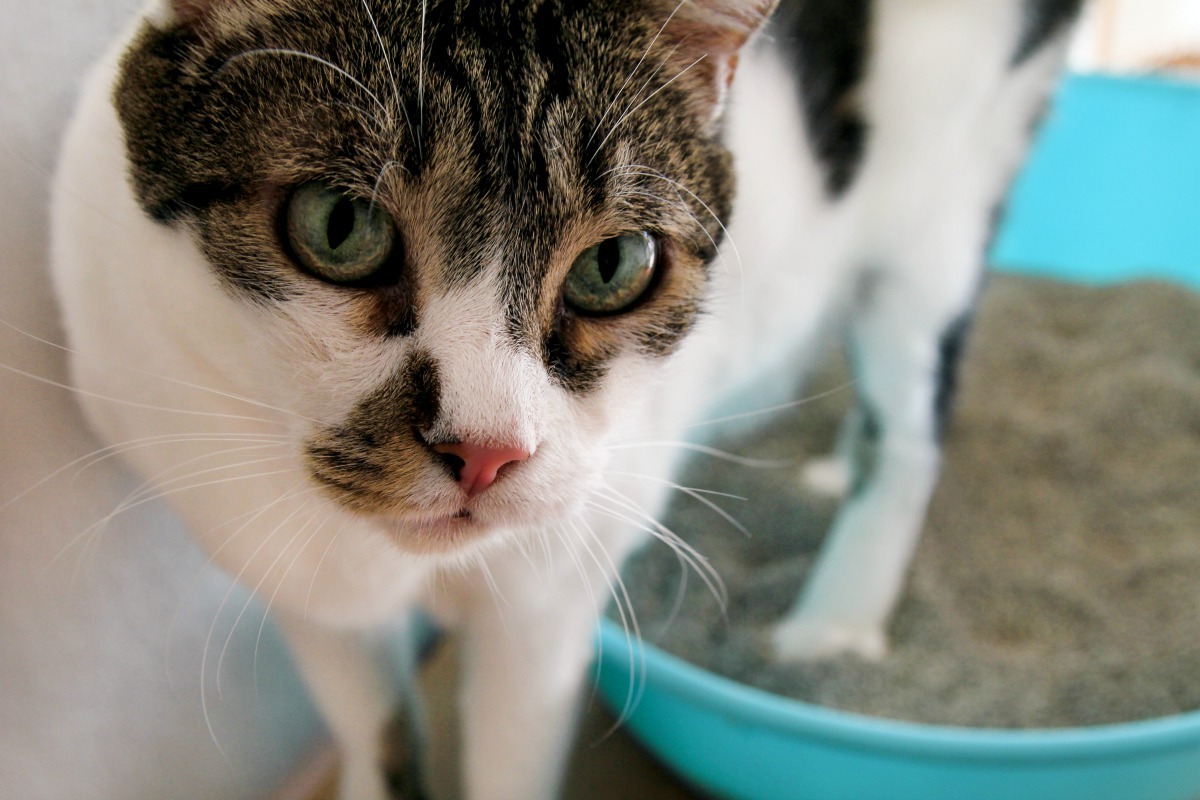
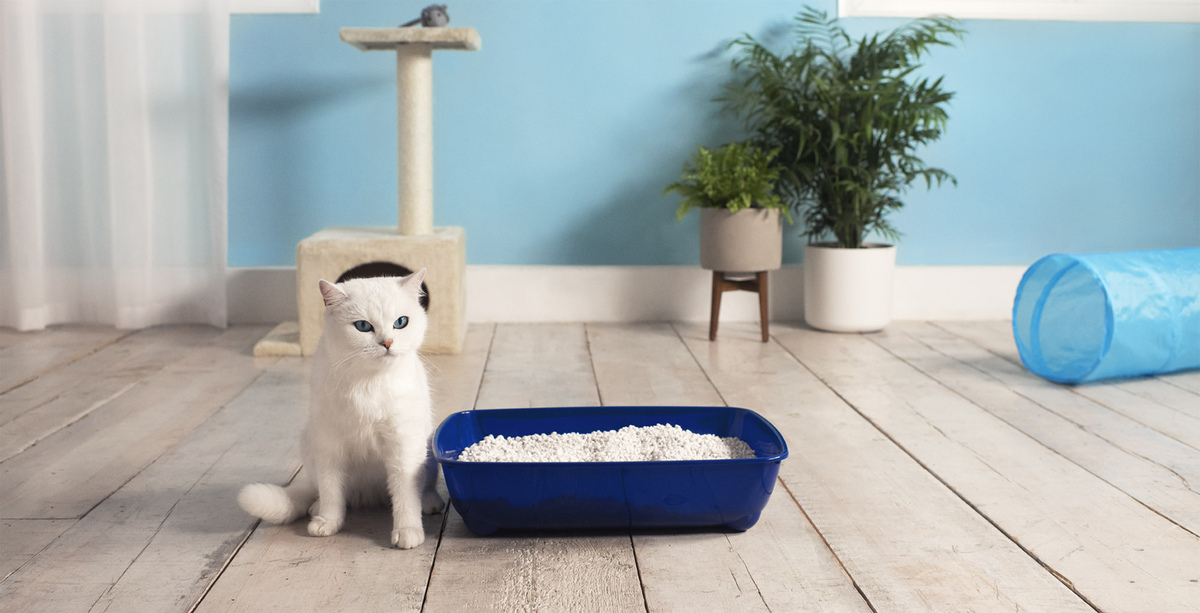

0 thoughts on “Why Does My Cat Put Her Kittens In The Litter Box”